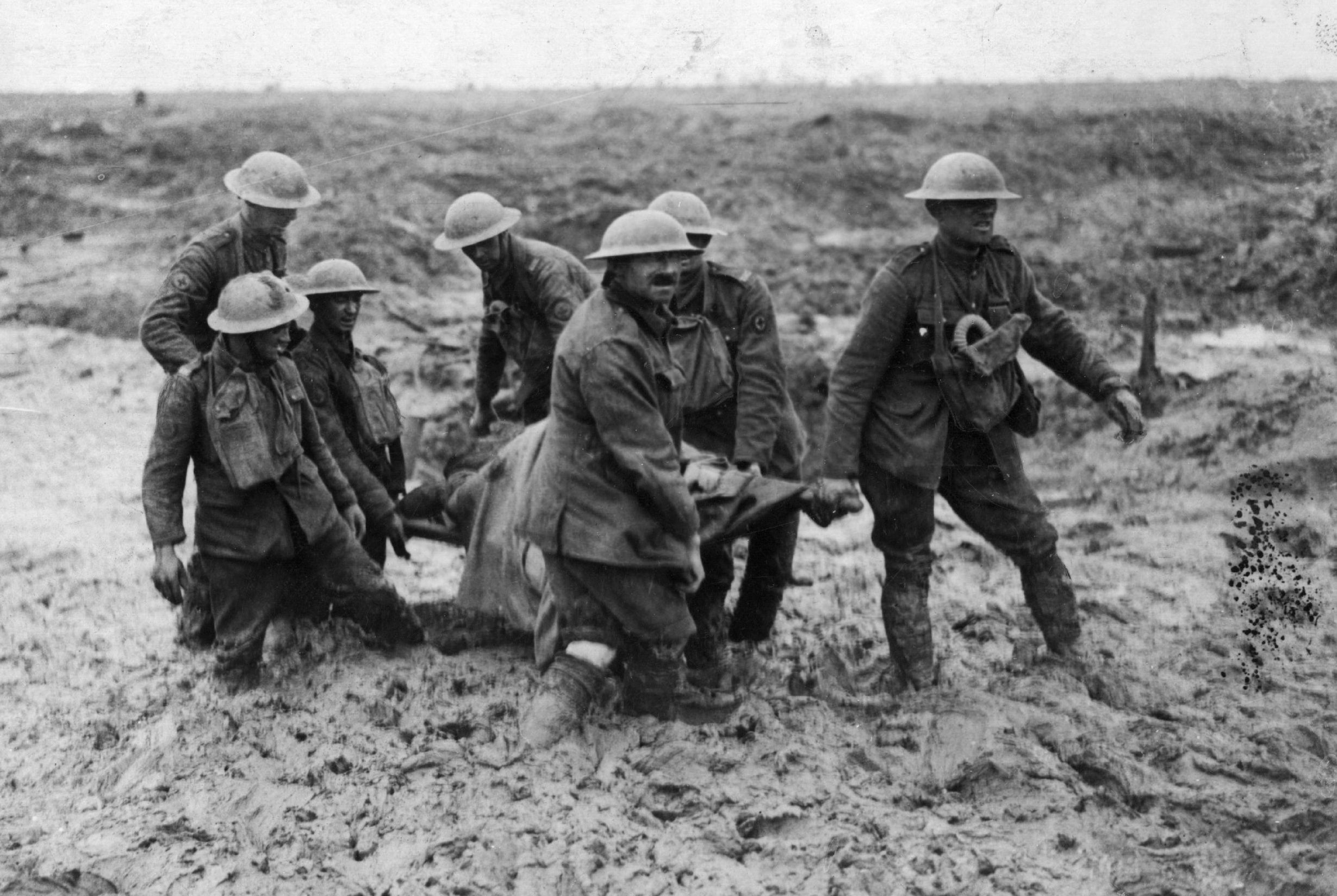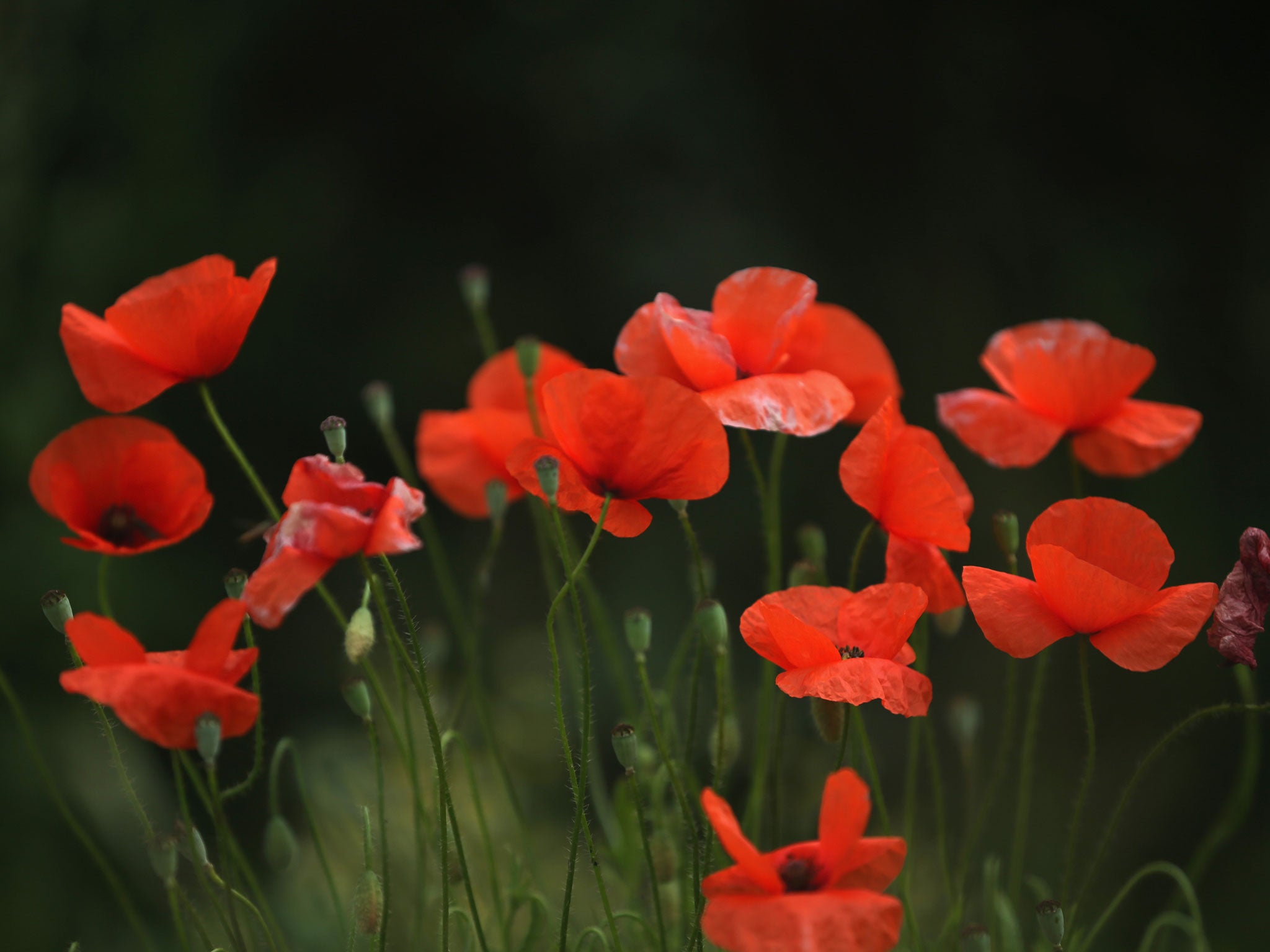Passchendaele 100th anniversary: Why was this one of the most brutal battles of the First World War?
Up to 700,000 men were killed or wounded under the heaviest rainfall in the region for 30 years

Your support helps us to tell the story
From reproductive rights to climate change to Big Tech, The Independent is on the ground when the story is developing. Whether it's investigating the financials of Elon Musk's pro-Trump PAC or producing our latest documentary, 'The A Word', which shines a light on the American women fighting for reproductive rights, we know how important it is to parse out the facts from the messaging.
At such a critical moment in US history, we need reporters on the ground. Your donation allows us to keep sending journalists to speak to both sides of the story.
The Independent is trusted by Americans across the entire political spectrum. And unlike many other quality news outlets, we choose not to lock Americans out of our reporting and analysis with paywalls. We believe quality journalism should be available to everyone, paid for by those who can afford it.
Your support makes all the difference.Politicians across Europe have paid tribute to those who fought in one of the most violent offensives of the First World War on its 100th anniversary.
The Battle of Passchendaele began on 31 July 1917 under the heaviest rainfall the northeast of Belgium had seen for 30 years. Also known as the Third Battle of Ypres, it produced 700,000 casualties among allied and German troops – but resulted in a gain of just five miles of allied land. The four-month campaign by the allies for access to German communication lines and submarines at the height of the First World War was later shortened to the name of the last village they captured: Passchendaele.
Though the campaign was neither the bloodiest nor the longest of the Great War, it is remembered as much for its death count as for the lingering sense it had been fought in vain.
How brutal was Passchendaele?
The British casualty rate varies from 260,000 to 400,000 according to different counting techniques. But even the upper estimate shows the battle was less deadly than the battle of the Somme, which claimed as many as a million lives on the war’s Western Front a year earlier. A number of other battles fought in 1917, such as the Battle of Arras, had higher casualty rates per day.
But one of the many poignant details of Passchendaele comes from the fact that it decimated the last of Kitchener's Army – the group of volunteer men who responded to Field Marshal Kitchener's "Your Country Needs You" call to arms at the start of the war and who were later replaced by a conscription army.
"In some ways, the Third Battle of Ypres was the last battle of the volunteer army," Professor Adrian Gregory, a University of Oxford History fellow specialising in the First World War, tells The Independent.
How bad were the fighting conditions?
Unlike the Battle of the Somme in 1916, which started on a sunny day, Passchendaele was fought in extremely difficult conditions from the outset. "Infamously, when the battle began on the 31st of July 1917, the heavens opened," Gregory says.
A massive concentration of heavy artillery on both sides damaged the drainage system in the area. The battlefield became a clay and water-filled swamp, with tanks, men and horses alike sinking into the mud.
It was also the first time the Germans used mustard gas, a blistering agent which gathered in shell-holes and made the skin bubble and burn. It came as a nasty surprise to allied forces, who had not yet used it.
It did not help the allies that the battle was launched in an area where much of the high ground was controlled by German troops, who used small concrete forts as outposts.
Who was responsible for the deaths?
The Battle of Passchendaele is closely associated with General Douglas Haig, who took over command of British forces from late 1915 and led troops into the carnage of both the Somme and Passchendaele. He has since acquired the nickname Butcher Haig for his determination troops would continue to fight in the battle in spite of heavy casualties. "This is the battle he wanted to fight," Gregory says.
But arguably, the responsibility also lay with the ministry of the then Prime Minister David Lloyd George. "Prime Minister Lloyd George blackened the name of General Haig over Passchendaele, but the responsibility lay with the whole of Britain’s political and military establishment," Gregory adds.
Why was the timing of the battle so important?
The summer and autumn of 1917 marked a moment of exhaustion in the war effort throughout Europe, before it ended in November 1918. The French army had mutinied in the spring, and one by one, both the Russian and Italian fronts collapsed.
By autumn 1917, the German U-boat campaign meant civilians in the UK were starting to suffer from food shortages, and workers started going on strike.

"Passchendaele became symbolic of not knowing where the war was going, and the loss of confidence it would ever end," says Gregory.
How do we remember Passchendaele?
A line from a poem published a month before the end of the war sums up some of the battle’s horror.
I died in hell – they called it Passchendaele
But neither the poem’s author, Siegfried Sassoon, or other favourite war poet Wilfred Owen actually fought at the Battle of Passchendaele, as both were being treated at a psychiatric hospital in Scotland.
Two lesser known war poets, Hedd Wyn and Francis Ledwidge were at Passchendaele, but died on the first day of the campaign before they could record its impact.
Official war artist Paul Nash arrived on the Western Front in the aftermath of the battle, and produced grimly realistic images of the landscape.
The poet Edmund Blunden did fight through the campaign and wrote vividly about it in his memoir The Undertones of War. “The Last Post” has been played at the Menin Gate in Ypres by a bugler almost every evening since 1928.
This year, Theresa May, the Prince of Wales and the Duke and Duchess of Cambridge joined descendants of the fallen in Belgium to commemorate the centenary of the battle.
Join our commenting forum
Join thought-provoking conversations, follow other Independent readers and see their replies
Comments